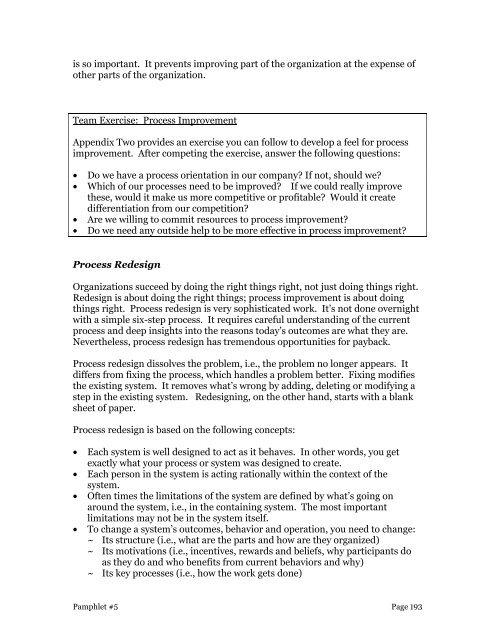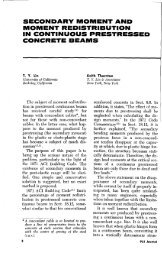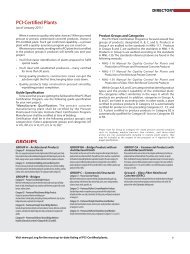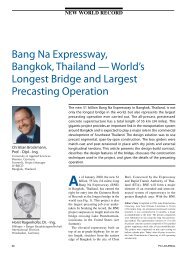Winning Without Competition: How to Break Out of a Commodity ...
Winning Without Competition: How to Break Out of a Commodity ...
Winning Without Competition: How to Break Out of a Commodity ...
Create successful ePaper yourself
Turn your PDF publications into a flip-book with our unique Google optimized e-Paper software.
is so important. It prevents improving part <strong>of</strong> the organization at the expense <strong>of</strong><br />
other parts <strong>of</strong> the organization.<br />
Team Exercise: Process Improvement<br />
Appendix Two provides an exercise you can follow <strong>to</strong> develop a feel for process<br />
improvement. After competing the exercise, answer the following questions:<br />
• Do we have a process orientation in our company? If not, should we?<br />
• Which <strong>of</strong> our processes need <strong>to</strong> be improved? If we could really improve<br />
these, would it make us more competitive or pr<strong>of</strong>itable? Would it create<br />
differentiation from our competition?<br />
• Are we willing <strong>to</strong> commit resources <strong>to</strong> process improvement?<br />
• Do we need any outside help <strong>to</strong> be more effective in process improvement?<br />
Process Redesign<br />
Organizations succeed by doing the right things right, not just doing things right.<br />
Redesign is about doing the right things; process improvement is about doing<br />
things right. Process redesign is very sophisticated work. It’s not done overnight<br />
with a simple six-step process. It requires careful understanding <strong>of</strong> the current<br />
process and deep insights in<strong>to</strong> the reasons <strong>to</strong>day’s outcomes are what they are.<br />
Nevertheless, process redesign has tremendous opportunities for payback.<br />
Process redesign dissolves the problem, i.e., the problem no longer appears. It<br />
differs from fixing the process, which handles a problem better. Fixing modifies<br />
the existing system. It removes what’s wrong by adding, deleting or modifying a<br />
step in the existing system. Redesigning, on the other hand, starts with a blank<br />
sheet <strong>of</strong> paper.<br />
Process redesign is based on the following concepts:<br />
• Each system is well designed <strong>to</strong> act as it behaves. In other words, you get<br />
exactly what your process or system was designed <strong>to</strong> create.<br />
• Each person in the system is acting rationally within the context <strong>of</strong> the<br />
system.<br />
• Often times the limitations <strong>of</strong> the system are defined by what’s going on<br />
around the system, i.e., in the containing system. The most important<br />
limitations may not be in the system itself.<br />
• To change a system’s outcomes, behavior and operation, you need <strong>to</strong> change:<br />
~ Its structure (i.e., what are the parts and how are they organized)<br />
~ Its motivations (i.e., incentives, rewards and beliefs, why participants do<br />
as they do and who benefits from current behaviors and why)<br />
~ Its key processes (i.e., how the work gets done)<br />
Pamphlet #5 Page 193







